Lesson Plan > Lesson 29 > Science
Elementary Level: Human Body Basics (Introduction)
Mid Level: Life Cycles of Plants and Animals
High Level: Energy Flow in Ecosystems
Elementary Level (Kinder to Grade 2)
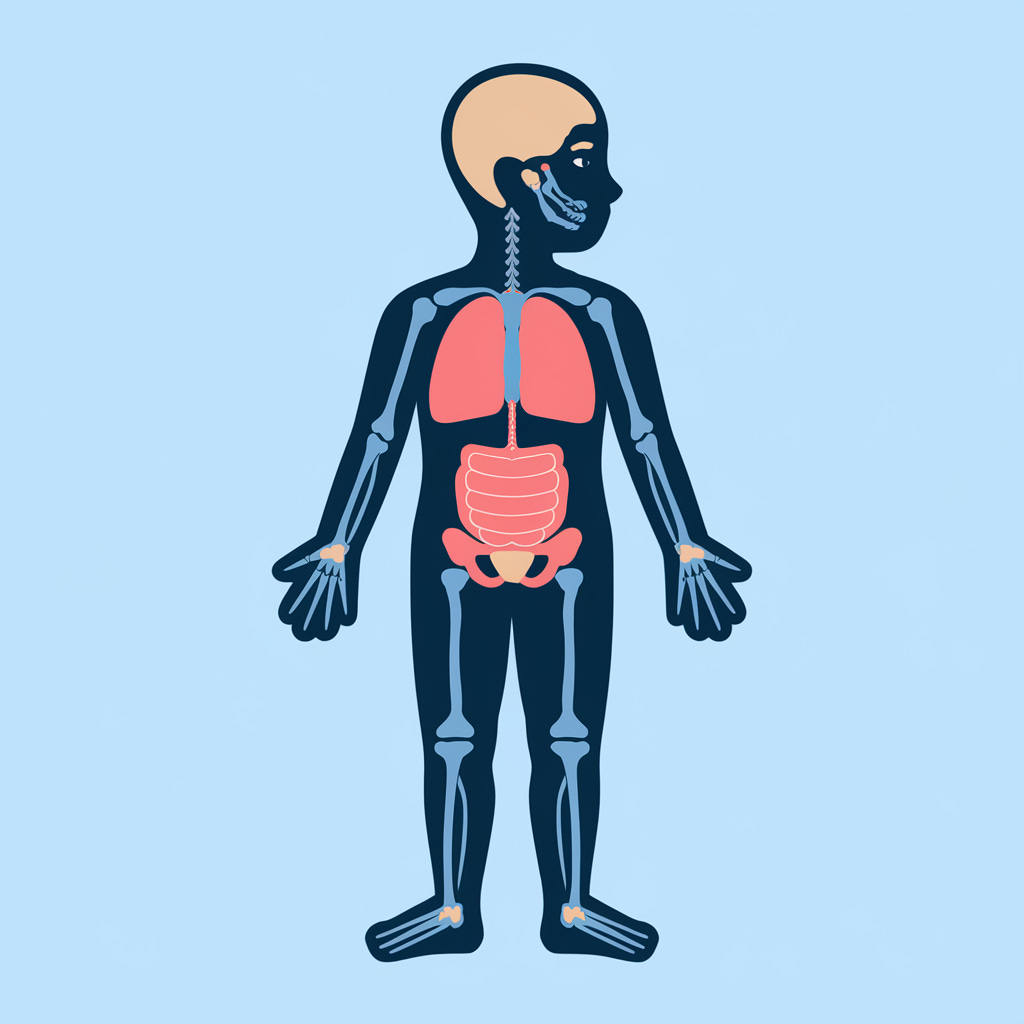
Subject: Human Body Basics (Introduction)
Alignment with Standards:
- NGSS (Next Generation Science Standards): K-LS1-1 – Use observations to describe patterns of what plants and animals (including humans) need to survive.
- Common Core State Standards (CCSS):
- CCSS.ELA-LITERACY.SL.1.1 – Participate in collaborative conversations.
- CCSS.ELA-LITERACY.L.1.5.A – Sort words into categories to gain a sense of concepts.
Objectives:
Children will identify and label key external parts of the human body.
Materials Needed:
- Printed “My Body” labeling worksheet (see attached example)
- Large poster or cutout of a human body outline
- Sticky notes or labels with body part names (e.g., head, arms, legs, eyes, nose, mouth)
- Crayons/markers
- Mirror (for self-observation)
Lesson Activities:
1. Introduction (10 min)
- Discussion: Ask, “What are some parts of your body you use every day?”
- Mirror Activity: Have the child look in a mirror and point to their eyes, nose, mouth, ears, arms, etc.
2. Body Part Labeling Game (15 min)
- Option 1: Use a large body poster and have the child place sticky notes with body part names in the correct spots.
- Option 2: Provide a blank body outline worksheet and have the child label parts (e.g., head, shoulders, knees, toes).
3. Interactive Song (5 min)
- Sing “Head, Shoulders, Knees, and Toes” while touching each body part.
4. Assessment (5 min)
- Ask the child to name and point to at least 5 body parts correctly.
Worksheet Example:
(Draw a simple outline of a child’s body with blank lines pointing to key parts for labeling.)
O (Head)
/|\ (Arms & Hands)
| (Body)
/ \ (Legs & Feet)(Child writes: eyes, nose, mouth, arms, legs, etc.)
Extension Activity (Optional):
- “Simon Says” Body Game: Give commands like “Simon says touch your elbows!”
Assessment & Feedback:
- ✓ Can the child name and label at least 5 body parts?
- ✓ Does the child participate in discussions and activities?
Mid Level (Grade 3 to 5)
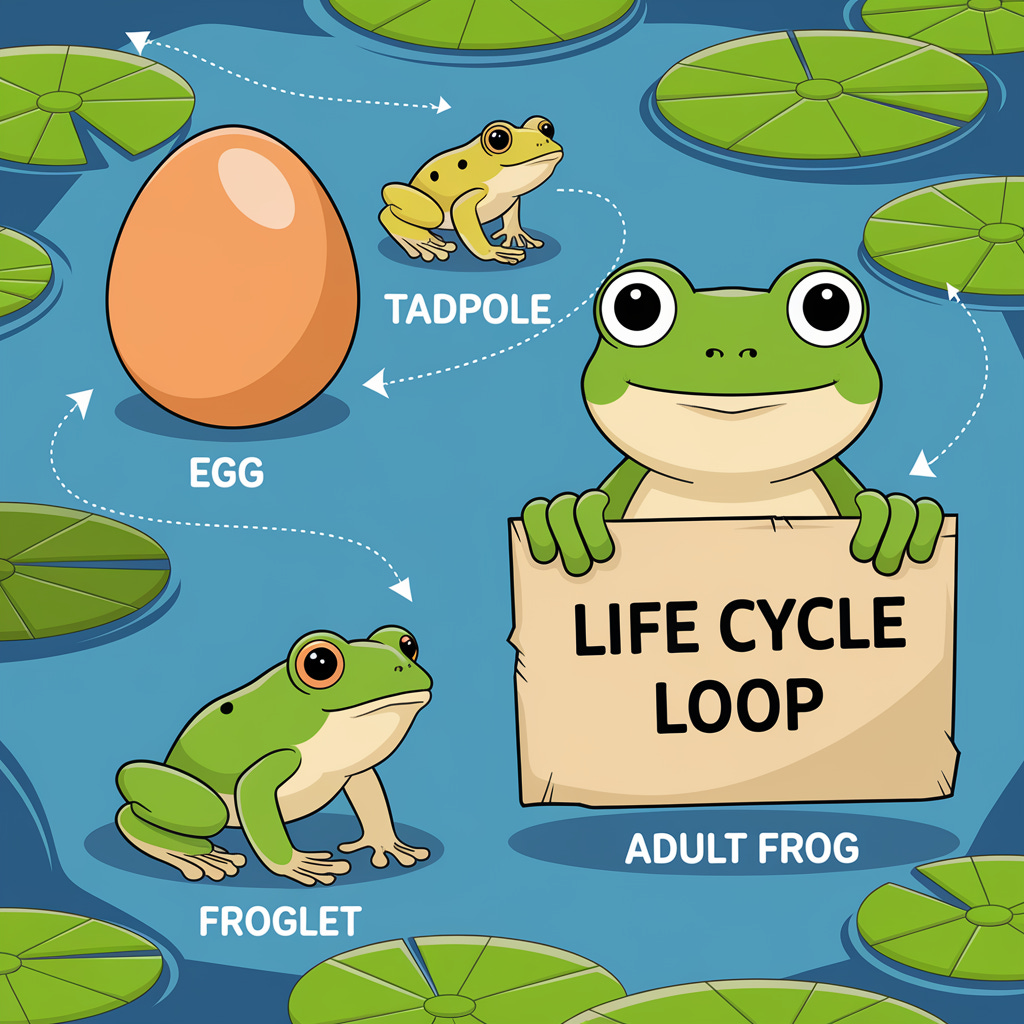
Subject: Life Cycles of Plants and Animals
Alignment with Standards:
- NGSS (Next Generation Science Standards):
- 4-LS1-1 – Construct an argument that plants and animals have internal and external structures that function to support survival, growth, behavior, and reproduction.
- 3-LS1-1 – Develop models to describe that organisms have unique and diverse life cycles but all have birth, growth, reproduction, and death in common.
- Common Core State Standards (CCSS):
- CCSS.ELA-LITERACY.W.4.2 – Write informative/explanatory texts to examine a topic.
- CCSS.ELA-LITERACY.SL.4.1 – Engage effectively in collaborative discussions.
Objectives:
Children will compare and contrast the life cycles of different organisms (butterflies and frogs) and create models to demonstrate understanding.
Materials Needed:
- Printed life cycle diagrams (butterfly & frog)
- Craft supplies (clay, pipe cleaners, paper plates, markers)
- Interactive digital life cycle videos (e.g., YouTube: “Butterfly Metamorphosis”, “Frog Life Cycle”)
- Observation journal (for recording stages)
- Seeds (optional: fast-growing plants like beans for comparison)
Lesson Activities:
1. Introduction (10 min)
- Discussion: “What is a life cycle? How do living things grow and change?”
- Video Observation: Watch short clips of butterfly and frog life cycles.
2. Life Cycle Comparison (15 min)
- Use a Venn diagram to compare butterfly (metamorphosis) and frog (egg → tadpole → adult) life cycles.
- Discuss: “Which stages are similar? Which are different?”
3. Hands-On Model Creation (20 min)
- Option 1: Paper Plate Life Cycle
- Divide a paper plate into sections and illustrate each stage with drawings or craft materials.
- Option 2: 3D Clay Models
- Create stages (e.g., egg, caterpillar, chrysalis, butterfly) using clay or pipe cleaners.
4. Writing & Reflection (10 min)
- Children write a short paragraph: “How are the life cycles of a frog and butterfly alike and different?”
5. Extension (Optional)
- Grow bean seeds to observe plant life cycles alongside animal examples.
Assessment:
- ✓ Can your child accurately describe and model at least 4 stages of each life cycle?
- ✓ Did your child compare similarities and differences in writing/discussion?
Visual Aid Example (Printable/Projectable):
(Below is a simple side-by-side comparison of butterfly and frog life cycles.)
Butterfly Life Cycle:
Egg → Caterpillar (Larva) → Chrysalis (Pupa) → Adult Butterfly
Frog Life Cycle:
Egg → Tadpole → Froglet → Adult Frog
(Encourage children to draw or craft each stage!)
Adaptations for Homeschool:
- For Kinesthetic Learners: Act out life cycle stages with movements.
- For Visual Learners: Use illustrated books or digital animations.
High Level (Grade 6 to 8)
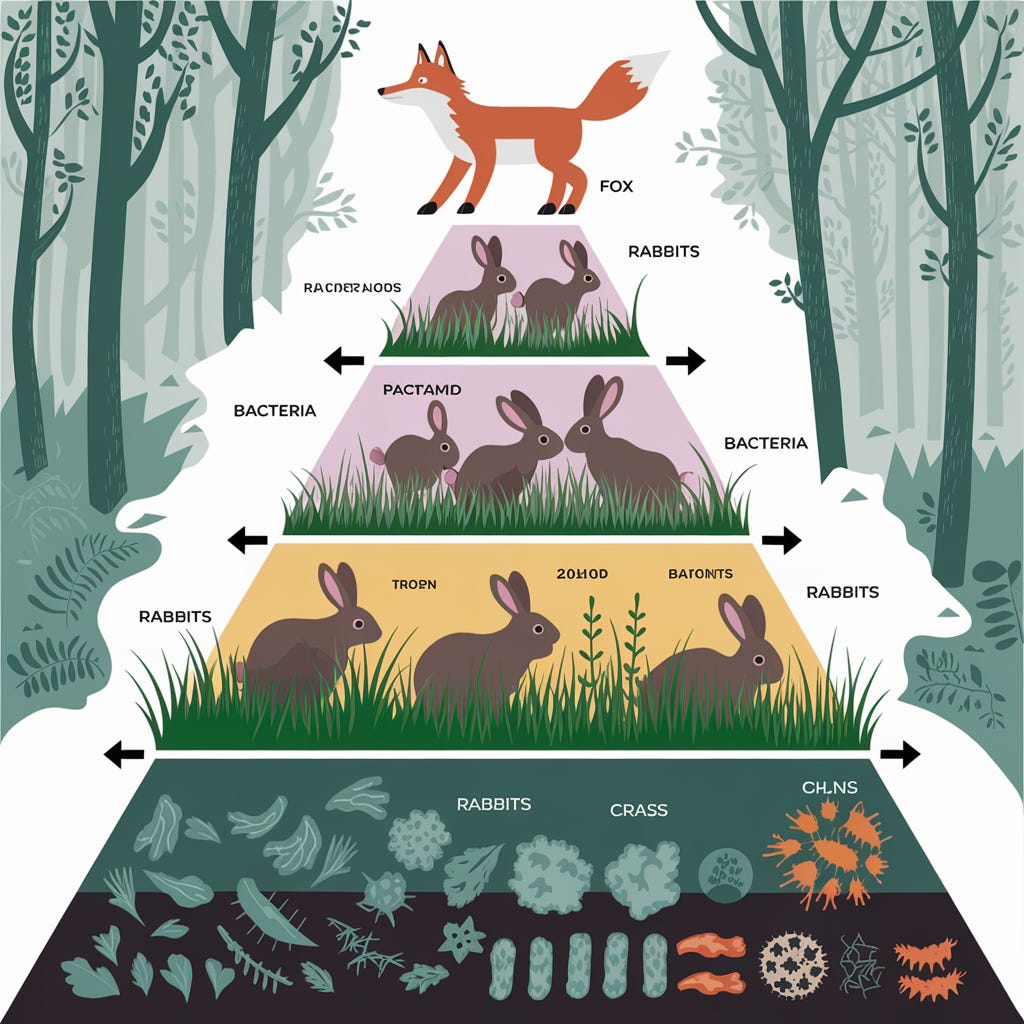
Subject: Energy Flow in Ecosystems
Alignment with Standards:
Standards Alignment:
- NGSS (Next Generation Science Standards):
- MS-LS2-3 – Develop a model to describe the cycling of matter and flow of energy among living and nonliving parts of an ecosystem.
- MS-LS2-4 – Construct an argument supported by evidence that changes to physical or biological components of an ecosystem affect populations.
- Common Core State Standards (CCSS):
- CCSS.ELA-LITERACY.RST.6-8.3 – Follow precisely a multistep procedure when carrying out experiments or technical tasks.
- CCSS.ELA-LITERACY.WHST.6-8.2 – Write informative/explanatory texts, including scientific procedures/ideas.
Objectives:
Children will analyze how energy flows through ecosystems by constructing food chains, food webs, and energy pyramids for a specific biome.
Materials Needed:
- Printed ecosystem cards (organisms from a chosen biome, e.g., forest, ocean, desert)
- Poster board or digital tool (for food web creation, e.g., Canva, Google Slides)
- Colored yarn or arrows (to show energy flow)
- Energy pyramid template (blank for child completion)
- Research materials (books, reliable websites like National Geographic Kids or NOAA)
Lesson Activities:
1. Introduction (15 min)
- Engagement Question: “Where do you think a hawk gets its energy? What about the grass in your backyard?”
- Video Resource: Show a short clip on energy flow (e.g., “Crash Course Kids: Fabulous Food Chains”).
- Key Vocabulary: Producer, consumer (primary/secondary/tertiary), decomposer, trophic levels.
2. Food Chain Construction (20 min)
- Children select 5 organisms from an ecosystem (e.g., grass → grasshopper → frog → snake → hawk).
- Draw/write the chain, labeling each organism’s role (producer, herbivore, carnivore).
3. Food Web Activity (30 min)
- Group/Individual Task: Use ecosystem cards to create a complex food web on poster board or digitally.
- Example: In a forest, connect oak tree → squirrel → owl AND oak tree → deer → wolf.
- Discussion: “What happens if one species disappears? How does energy flow change?”
4. Energy Pyramid Analysis (20 min)
- Children fill in a pyramid template (10,000 Joules sunlight → 1,000 J plants → 100 J mice → 10 J snakes).
- Critical Thinking: “Why are there fewer apex predators than producers?”
5. Assessment & Reflection (15 min)
- Exit Ticket: “Explain how a food web differs from a food chain in 2-3 sentences.”
- Optional Extension: Research invasive species and their impact on energy flow (e.g., zebra mussels in the Great Lakes).
Assessment Rubric:
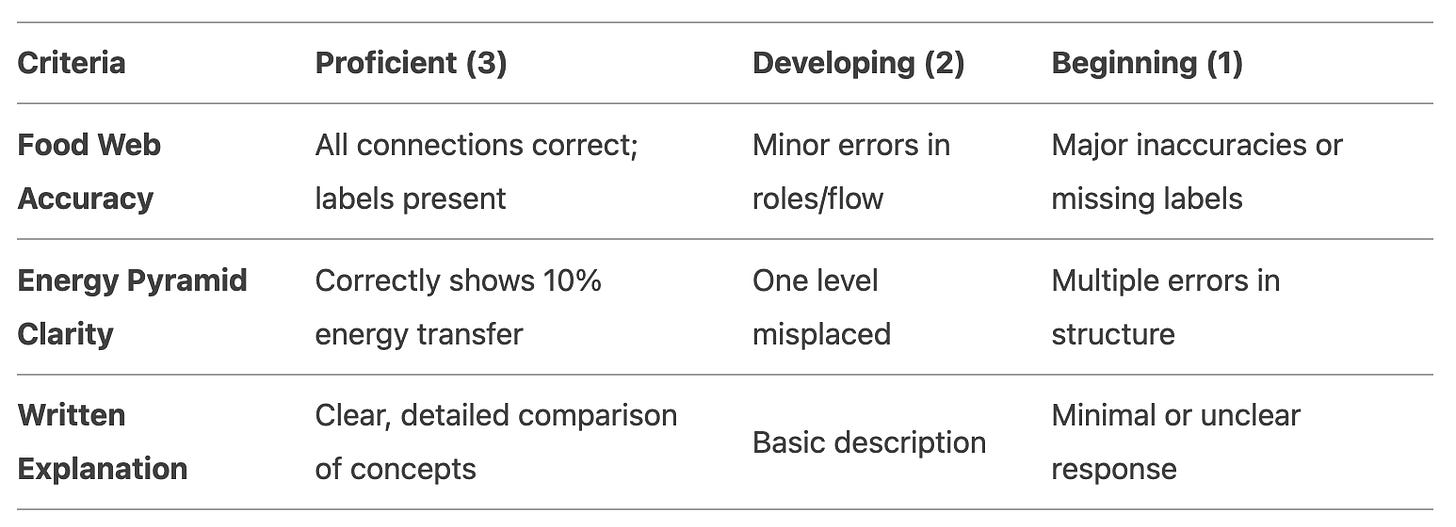
Visual Aid Example (Printable/Projectable):
Sample Forest Food Web:
(Center: Oak Tree [Producer] → connected to Deer, Squirrel [Primary Consumers] → Fox, Owl [Secondary] → Wolf [Tertiary]. Fungi [Decomposer] breaks down all.)
Energy Pyramid:
🌿 (Producers – 10,000 J)
🐇 🐜 (Primary Consumers – 1,000 J)
🐍 🦉 (Secondary Consumers – 100 J)
🦅 (Tertiary Consumer – 10 J) Adaptations for Homeschool:
- For Tech Integration: Use EcoGrapher or Google Drawings for digital food webs.
- For Hands-On Learners: Create a 3D pyramid with stacked cups labeled with trophic levels.
- For Advanced Children: Research keystone species (e.g., sea otters) and their role in energy balance.


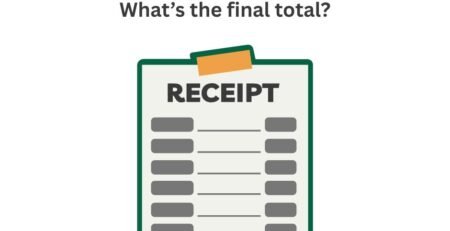
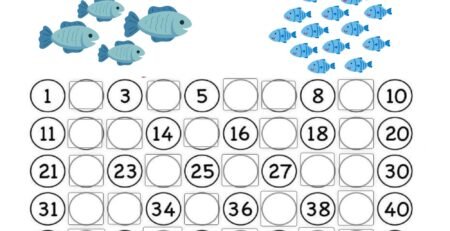
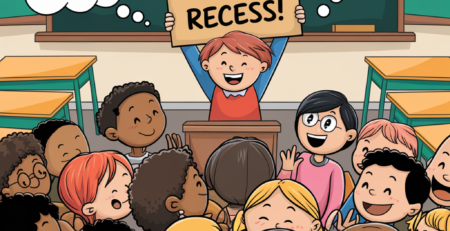
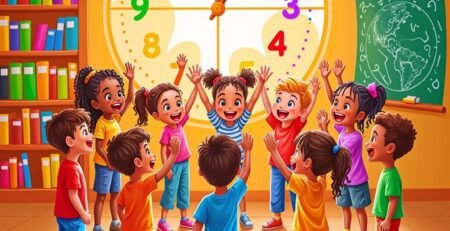


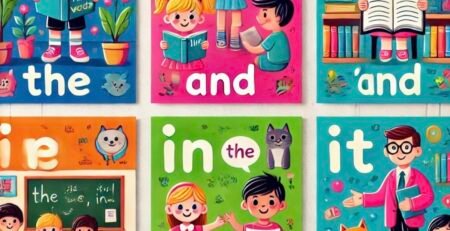




LEAVE A COMMENT